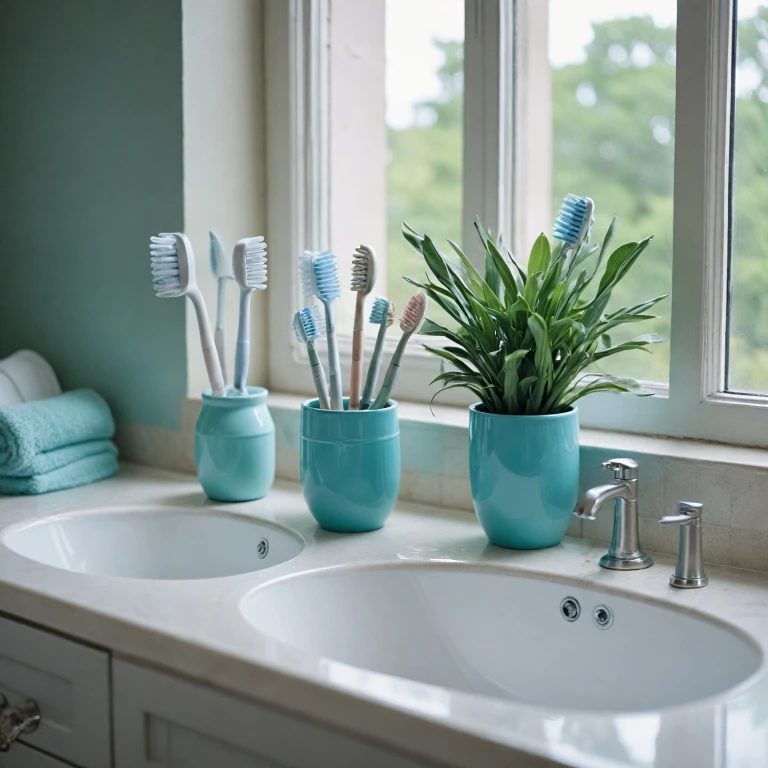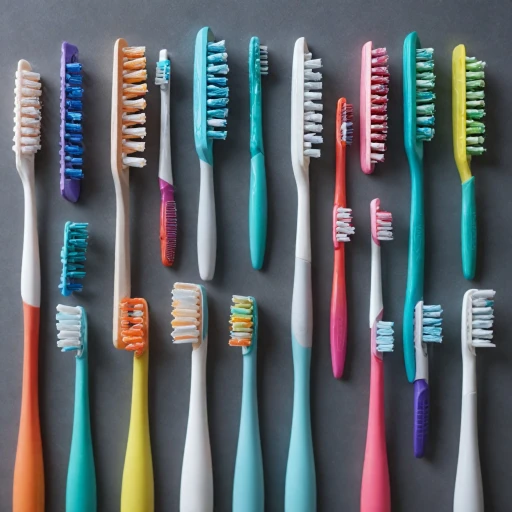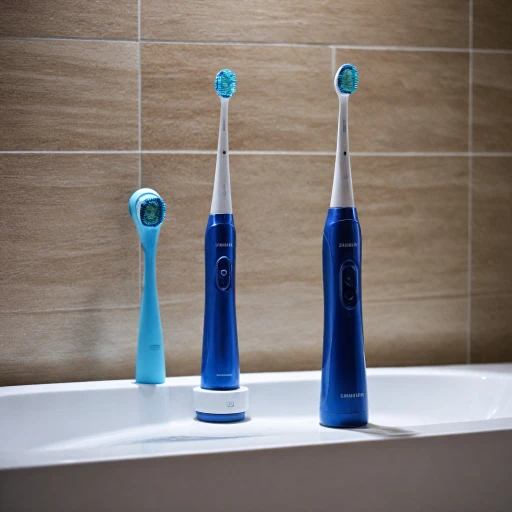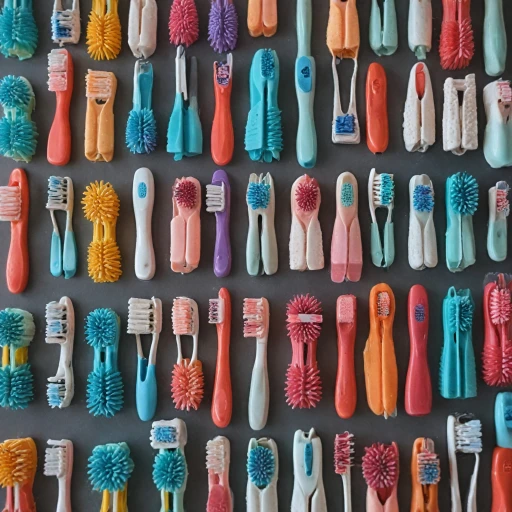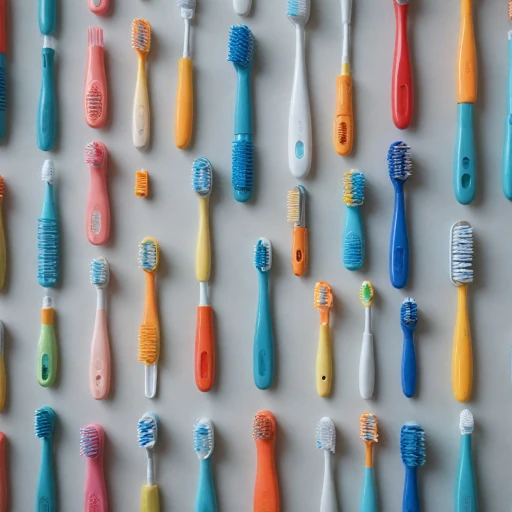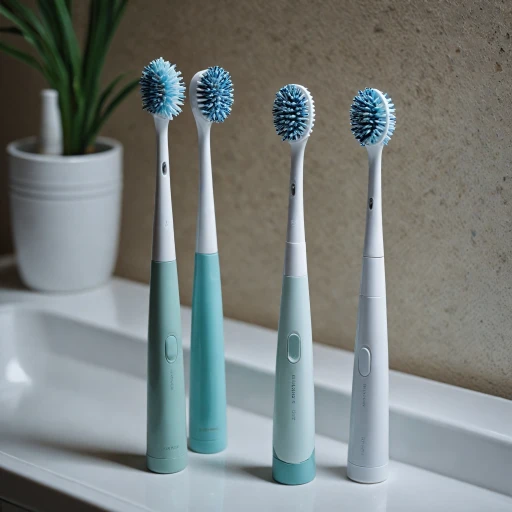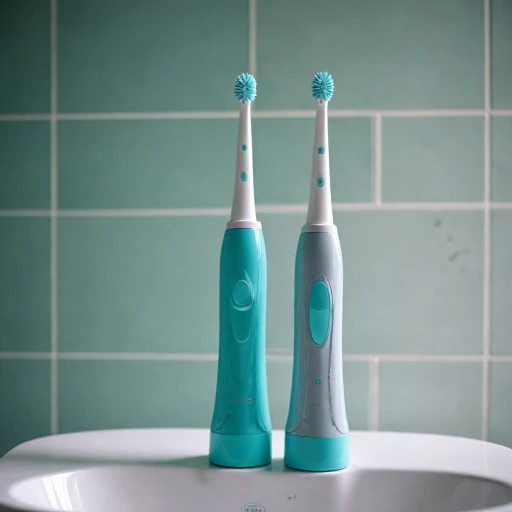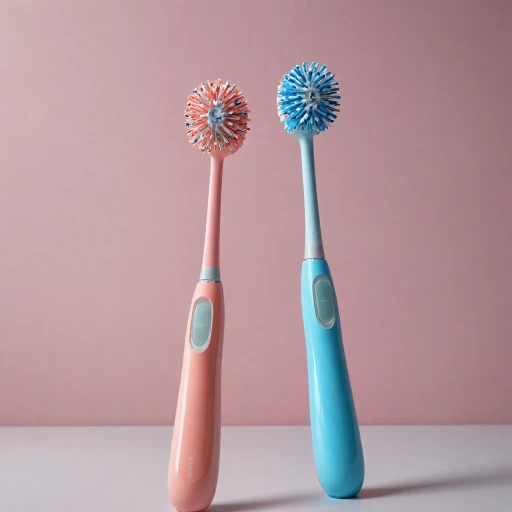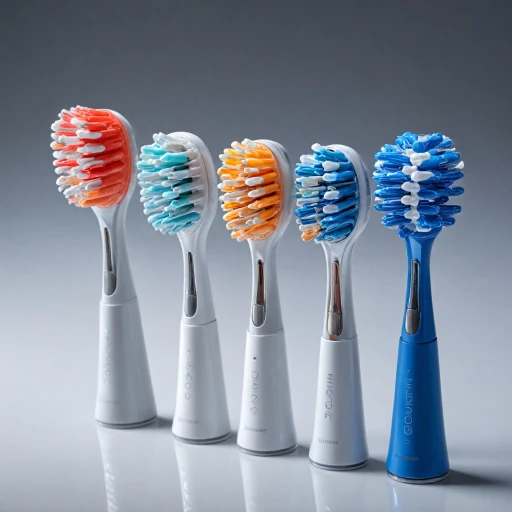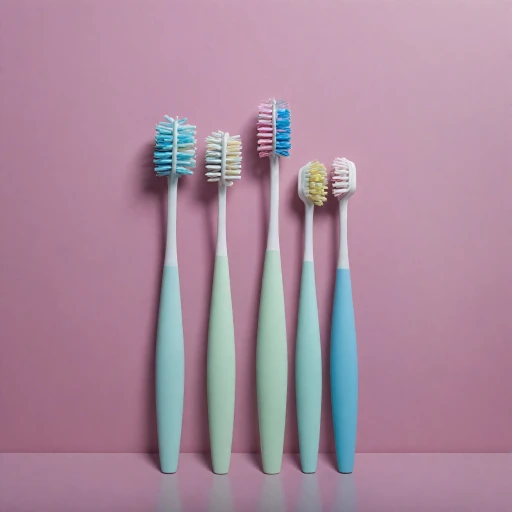
Understanding Sensitivity in Teeth
When considering an electric toothbrush for sensitive teeth, it's crucial to first understand what sensitivity in teeth actually entails. If you often experience discomfort or pain when consuming hot, cold, sweet, or acidic items, you might have sensitive teeth. This condition happens when the enamel that protects your teeth wears down, exposing the softer dentin or even nerves underneath. Several factors can lead to this, including brushing hard with a manual toothbrush, which can wear away the enamel, and receding gums from poor oral care habits.
It's worth noting that using an electric toothbrush with the right features can help mitigate some of this discomfort. Keep an eye out for models equipped with a pressure sensor to alert you if you're applying too much force while brushing. Gentle brushing modes specifically designed for sensitive teeth are also advantageous. More advanced models even include a minute timer to ensure you spend the appropriate amount of time brushing each section of your mouth.
For those with heightened sensitivity, investing in a toothbrush featuring adaptable bristle textures or specialized brush heads, like the Philips Sonicare's sensitive brush head, can be highly beneficial. These brush heads are designed to be gentle on both the teeth and gums while ensuring effective cleaning.
Ultimately, understanding your specific needs and matching them with the proper features and techniques can significantly enhance your oral care routine, offering a more comfortable and efficient cleaning experience. This knowledge also lays the groundwork for choosing the best electric toothbrush suited for your condition.
Key Features to Look for in an Electric Toothbrush
Crucial Characteristics for Optimal Oral Care
When searching for the ideal electric toothbrush, especially for those with sensitive teeth, there are several features that can make a significant difference in your oral care routine. Selecting a toothbrush that caters to your specific needs will not only help you maintain healthy teeth but also prevent discomfort or damage to your gums.
- Pressure Sensor: A built-in pressure sensor is essential for individuals with sensitive teeth. This feature alerts you when you're brushing too hard, which can help protect your teeth and gums from excessive force that might lead to receding gums or other issues.
- Soft Brush Heads: Opt for electric toothbrushes that come with sensitive or ultra-soft brush heads. These are designed to gently clean your teeth without irritating your gums, ensuring a comfortable brushing experience.
- Multiple Brushing Modes: Look for models with multiple brushing modes that cater to different needs, such as a specific mode for sensitive gums. Different modes adjust the speed and movement, offering a customized clean while ensuring comfort.
- Rechargeable Battery: A rechargeable electric toothbrush with a reliable battery life can provide consistent power, ensuring that your brushing remains effective without the need for frequent recharging.
- Two-Minute Timer: A built-in minute timer is advantageous for maintaining the recommended brushing duration. Some electric toothbrushes also offer a quadrant timer that signals when it’s time to move to another section of your mouth, promoting thorough cleaning.
- Travel Case: If you're often on the go, a travel case is a helpful addition for protecting your toothbrush and maintaining hygiene wherever you are.
For those looking to add more to their routine, check out the benefits of Oral-B Glide for a comprehensive dental care approach. Paying attention to these key features can enhance your oral hygiene practice and may offer considerable ease and comfort, particularly for sensitive teeth.
Top Electric Toothbrush Models for Sensitive Teeth
Highly Recommended Options for a Gentle Oral Care
For those with sensitive teeth, selecting the right electric toothbrush is crucial to managing discomfort and ensuring oral health. Here are a few top electric toothbrush models designed specifically with sensitivity in mind:- Philips Sonicare ProtectiveClean 5100: This model is highly favored for its built-in pressure sensor that gently alerts you if you are brushing too hard, a feature vital for preventing further sensitivity or damage. It offers multiple brushing modes, including a sensitive mode that caters to delicate teeth and gums. With the Philips Sonicare range, users benefit from the gentle yet effective sonic technology that enhances plaque removal compared to manual toothbrushes. The ProtectiveClean also boasts a two-minute timer that ensures optimal brushing time.
- oral series with advanced care features: Known for its smart care innovations, this series includes a rechargeable electric toothbrush equipped with multiple brushing modes and a pressure sensor to guide effective yet gentle cleaning. Users will appreciate the smart heads that adjust to individual brushing styles, making the oral series a versatile choice for sensitivity issues.
- Travel-Friendly Electric Toothbrushes: For those who are frequently on the move, investing in an electric toothbrush with a travel case is a wise decision. Certain models offer compact design without compromising essential features like pressure sensors and various heads designed for sensitive brushing.
How to Use an Electric Toothbrush for Sensitive Teeth
Optimal Usage Techniques for Enhanced Dental Care
When it comes to using an electric toothbrush specifically designed for sensitive teeth, there are a few key steps to ensure your oral care routine is effective while keeping discomfort at bay. Paying attention to details can make all the difference in achieving cleaner, healthier teeth.Gentle Brushing Technique
- Pressure control: Many electric toothbrushes, such as those from the Oral Series, come equipped with a pressure sensor to prevent brushing too hard. This feature protects your gums and teeth from potential damage. Always maintain gentle contact between the brush head and the teeth without exerting unnecessary force.
- Brushing modes: Select a toothbrush with specialized brushing modes. Models like the Philips Sonicare offer sensitive brushing modes tailored for gentle cleaning. Transition smoothly between modes to find what suits your comfort level the best.
Brush Head Movement
- Small, Circular Motions: As you brush, hold the toothbrush at a 45-degree angle to your gums. Guide the head in small, circular motions to cover all surfaces, ensuring comprehensive cleaning.
- Replace Regularly: Don't forget to replace the brush head every three months or sooner if the bristles become frayed. This keeps the brush head’s performance optimal and maintains cleanliness.
Strategic Timing for Thorough Cleaning
- Two-Minute Rule: Most rechargeable electric toothbrushes come with a minute timer to aid with sufficient brushing time. Spend at least two minutes each session, evenly dividing the time between different sections of your mouth.
- Efficiency with Battery Life: Be mindful of your electric toothbrush’s battery life, ensuring it is charged for consistent power and optimal vibrations during brushing sessions.
Maintaining Your Electric Toothbrush for Optimal Performance
Caring for Your Electric Toothbrush
To ensure that your electric toothbrush maintains its efficiency and longevity, you need to incorporate a few maintenance practices. Regular care will not only provide a thorough cleaning experience but also protect your sensitive teeth and gums.
Regular Cleaning
After each brushing session, rinse the brush head thoroughly under running water to remove toothpaste and debris. This prevents buildup that can affect performance.
Replacing Brush Heads
It is advisable to replace your brush head every 3 months or sooner if the bristles become frayed. Using worn-out bristles can decrease the cleaning effectiveness and may not be gentle enough for sensitive teeth and gums.
Proper Storage
Store your toothbrush in an upright position and allow it to air dry between uses. If you’re using a shared bathroom space, consider a cover to prevent contamination, but ensure it allows airflow.
Battery Management
Keep an eye on your electric toothbrush's battery life. Rechargeable models like Philips Sonicare often have a long battery life, but it's essential to follow the manufacturer's charging instructions to maintain battery health.
Using the Right Mode
Many electric toothbrushes offer various brushing modes, including sensitive settings that are gentler on teeth and gums. Select the best mode for your oral care needs, especially if you experience receding gums or have professionally advised sensitivity.
Check for Damage
Regularly inspect your toothbrush for signs of wear and damage, particularly around the brush head and shaft. Any visible cracks or loose parts may require replacement to ensure optimal oral care.
Frequently Asked Questions About Electric Toothbrushes and Sensitive Teeth
Common Questions About Using Electric Toothbrushes for Sensitive Teeth
Choosing and using an electric toothbrush for sensitive teeth can come with several questions. Here we address some of the most frequently asked questions to aid your oral care journey.
Are electric toothbrushes better than manual toothbrushes for sensitive teeth?
Electric toothbrushes are often recommended for sensitive teeth as they offer a gentle cleaning process. With features like multiple brushing modes and pressure sensors, they help avoid brushing hard which can lead to receding gums or further sensitivity.
What makes a toothbrush suitable for sensitive teeth?
Toothbrushes designed for sensitive teeth generally include soft brush heads, pressure sensors, and several brushing modes to ensure a gentle clean. Features like a minute timer also help in maintaining the recommended brushing duration for effective oral care.
Can I use my electric toothbrush if I have receding gums?
Yes, an electric toothbrush can be beneficial for those with receding gums. It's crucial to use a brush head designed for sensitivity and follow the correct brushing technique as discussed in our article on improving gum health (linked differently).
How long does the battery life typically last in electric toothbrushes?
The batteries in electric toothbrushes vary widely depending on the brand and model; however, most rechargeable electric toothbrushes have a battery life ranging from one to three weeks on a full charge. High-end models like the Philips Sonicare often boast longer battery life.
How often should I change my toothbrush head?
It is recommended to replace your brush head every three months or sooner if the bristles become frayed. Using a fresh replacement brush ensures optimal cleaning and maintains oral health.
Can I travel with my electric toothbrush?
Yes, many best electric toothbrushes come with a travel case making them convenient for travel. These cases help keep your toothbrush protected and hygienic during transit.
